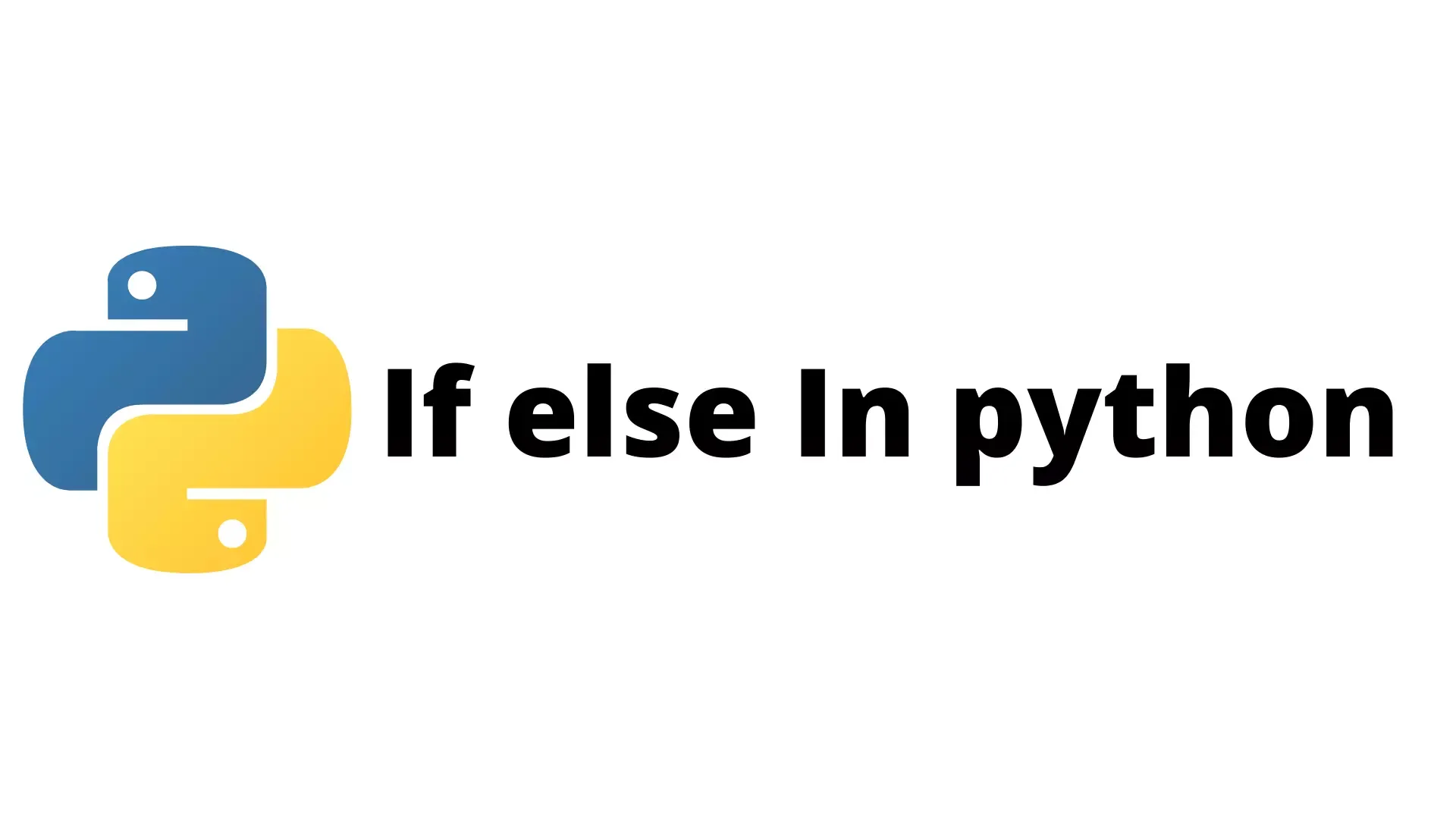If Else Statement
Decision making is about deciding the order of execution of
statements based on certain conditions or repeat a group of
statements until certain specified conditions are met.
The if statement in Python is used to perform operations on the
basis of condition. By using if-else statement, you can perform an operation either the condition is true or false.
There are many ways to use if statement in Python:
- If statement
- If-else statement
- Nested if Statement
If Statement
The single if statement in Python is used to execute the code if the condition is true. The syntax of if statement is given below.
The expression is true, then 'statement' will be executed,
otherwise 'statement' is skipped.
Example:
a=int(input("Enter value of a:"))
if a>10:
print ("value of a is greater than 10")
if a<10:
print ("value of a is less than 10")
Output:
Enter value of a:12
value of a is greater than 10
If-else Statement
The if-else statement in Python is used to execute the code if
condition is true or false. The syntax of if-else statement is given
below.
if expression:
#statement-block1
else:
#statement-block2
If the 'expression' is true, the 'statement-block1' is executed,
else 'statement-block1' is skipped and 'statement-block2' is
executed.
Example:
a=int(input("Enter value of a:"))
if a>10:
print ("value of a is greater than 10")
else:
print ("value of a is less than 10")
Output:
Enter value of a:13
value of a is greater than 10
elif statement
The elif statement enables us to check multiple conditions and
execute the specific block of statements depending upon the true
condition among them.
If expression1:
#statement-block1
elif expression2:
#statement-block2
elif expression3:
#statement-block3
else:
#statement-block4
If the 'expression' is true, the 'statement-block1' is executed,
else if ‘expression2’ is true then 'statement-block2' is executed, else
if ‘expression3’ is true then 'statement-block3' is executed
otherwise 'statement-block4' is executed.
Example:
a=int(input("Enter value of a:"))
b=int(input("Enter value of b"))
if a>b:
print ("value of a is greater than b")
elif a<b:
print ("value of a is less than b")
else:
print ("a is equal to b" )
Ouput:
Enter value of a10
Enter value of b20
value of a is less than b
Nested if
The syntax for a nested if statement is as follows.
if expression1:
statement-block1
if expression2:
statement-block2
else:
statement-block3
else:
statement-block4
Example:
a=int(input("Enter value of a:"))
if a<100:
if a>50:
print ("value of a is greater than 50")
else:
print ("value of a is less than 50")
else:
print ("value of a is greater than 100")
Output:
Enter value of a100
value of a is greater than 100

